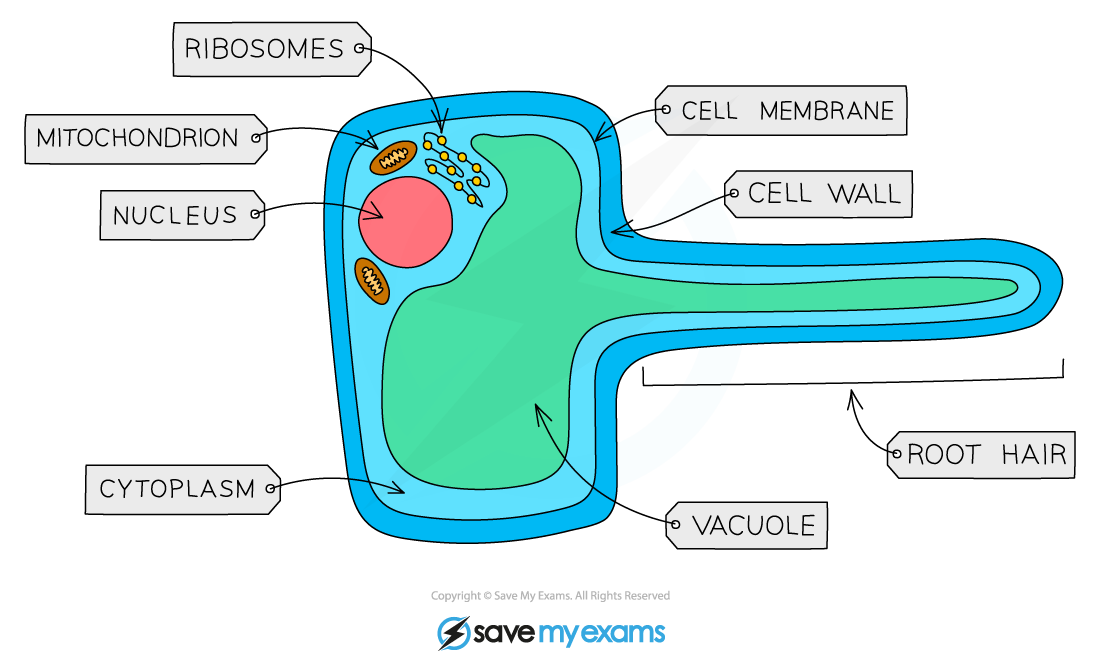Organisation of Cells (Cambridge (CIE) IGCSE Co-ordinated Sciences (Double Award)): Revision Note
Exam code: 0654 & 0973
Producing New Cells
The body need to produce new cells in order to grow and repair itself
New cells are produced from existing cells when they divide; this is known as cell division
The new cells can then become specialised in order to carry out particular functions within the body
Did this video help you?
Specialised Cells
Specialised cells are cells that are adapted to carry out specific functions within the body
The structure of each specialised cell type aids cell function
Examples of specialised cells
Specialised cells in animals table

Ciliated epithelial cell diagram

Ciliated cells are adapted to aid movement of mucus in the airways
Nerve cell diagram

Nerve cells are adapted to carry nerve impulses around the body
Red blood cell diagram

Red blood cells are adapted to carry oxygen
Sperm cell diagram

Sperm cells are adapted to carry genetic information to egg cells
Egg cell diagram

Egg cells are adapted to aid fertilisation and support the developing embryo
Specialised cells in plants table

Root hair cell diagram

Root hair cells are adapted to aid absorption from the soil
Palisade mesophyll cell diagram

Palisade mesophyll cells are adapted to maximise photosynthesis
Examiner Tips and Tricks
Note that the specification does not require detailed knowledge of the specialised features of xylem cells.
Did this video help you?
Levels of Organisation in an Organism
Cells are organised at different levels within multicellular organisms
This means that cells form tissues, which together form the organs, making up organ systems which carry out different functions to aid survival
Levels of organisation table

Levels of organisation example diagram

Cells are organised at different levels to aid survival in multicellular organisms
Levels of organisation examples table

Worked Example

Answer:
Step 1: determine the level of organisation of structure 1
Structure 1 is a leaf, and contains multiple tissues which all work together to carry out photosynthesis
Tissues working together to perform a specific function make up organs
Structure 1 is an organ
Step 2: determine the level of organisation of structure 2
Structure 2 is a palisade mesophyll cell, adapted to perform photosynthesis
Structure 2 is a cell
Step 3: determine the level of organisation of structure 3
Structure 3 is made up of several spongy mesophyll cells
Similar cells working together to carry out a function make up a tissue
Structure 3 is a tissue
Step 4: determine which answer option is correct
Answer option B gives organ, cell and tissue in the correct sequence
Examiner Tips and Tricks
Make sure that you know the definitions for the different levels of organisation.

Unlock more, it's free!
Did this page help you?